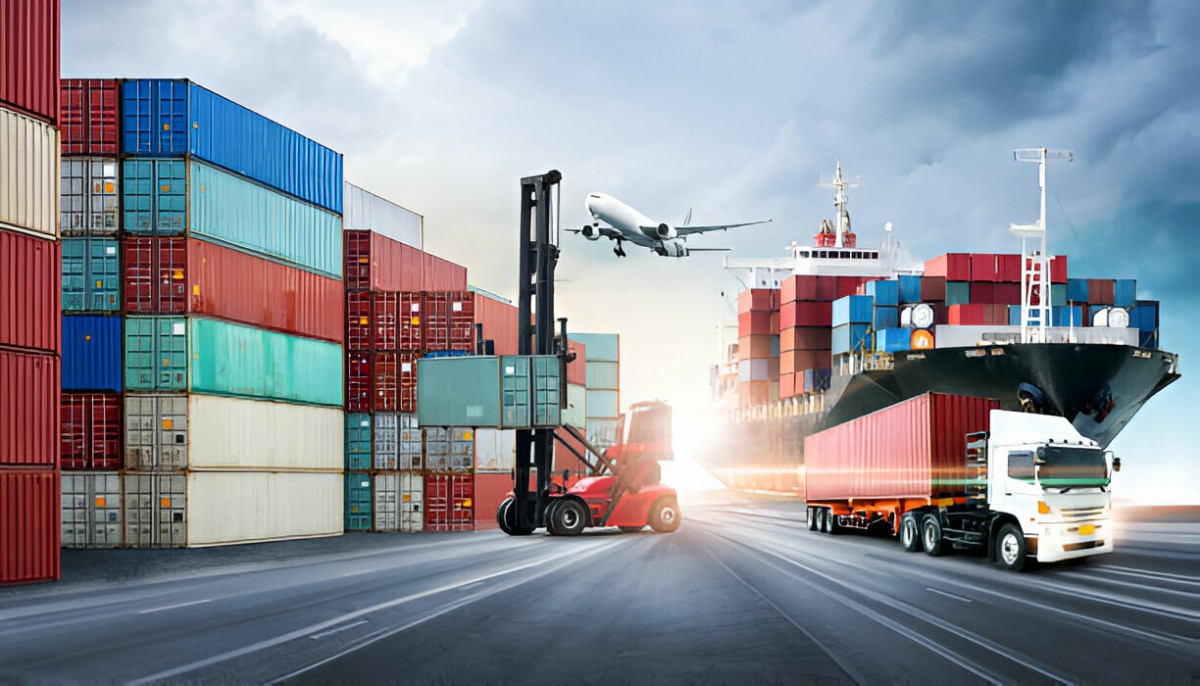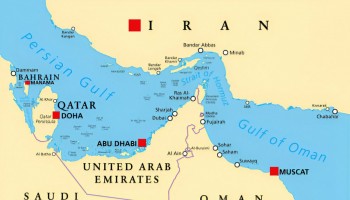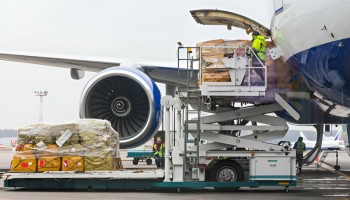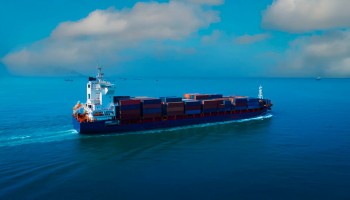Understanding key terms like cargo, logistics, freight forwarding, lowbed transport, bill of entry, and ports helps in navigating this complex industry.
Cargo: The Heart of Global Trade
Cargo refers to the goods or materials being transported, usually by ship, plane, truck, or train. These goods can range from small, lightweight parcels to large, heavy machinery. Cargo is often categorized based on its nature:
ght forwarder is crucial for navigating the complex world of international shipping, ensuring that goods reach their destination safely, on time, and in compliance with all regulations.
Lowbed Transport: Moving Oversized Cargo
Lowbed transport (or lowboy trailers) is a type of trailer used for hauling oversized and heavy cargo that cannot be transported using standard trucks. Lowbed trailers have a lower deck height, which allows them to carry tall and bulky equipment while maintaining clearance under bridges and tunnels.
Lowbed transport is typically used for:oss international borders.
Bill of Entry: Essential for Customs Clearance
A bill of entry is a legal document that is required by customs authorities when goods are imported into a country. This document is submitted by the importer or their agent and provides essential information about the cargo, such as:
- Description of the Goods: What is being imported.
- Value of the Goods: The cost of the cargo, which determines the customs duty payable.
- Quantity: The amount of goods being brought into the country.
- Harmonized System (HS) Code: A standardized code used internationally to classify goods for customs purposes.
The bill of entry is crucial for customs clearance and ensures that the correct duties and taxes are applied to the imported goods. Without this document, the cargo cannot be released from the port or customs area.
Ports: Gateways to Global Trade
A port is a facility located at the edge of an ocean, river, or lake where ships dock to load and unload cargo. Ports are vital hubs in the global supply chain, connecting maritime transport with inland distribution networks. They handle a wide range of cargo, including containers, bulk goods, and specialized items.
Key functions of a port include:
- Cargo Handling: Loading and unloading goods from ships using cranes, forklifts, or other machinery.
- Customs Inspection: Ensuring that all imported goods comply with local regulations and are properly documented.
- Storage: Providing temporary warehousing for goods awaiting transport.
- Logistics Services: Offering a range of services like freight forwarding, packaging, and consolidation.
Ports play a critical role in global trade, serving as points where international goods enter or leave a country.
The world of cargo, logistics, freight forwarding, lowbed transport, bill of entry, and ports is vast and multifaceted. Each element plays an important role in ensuring that goods move efficiently from their origin to their destination. By understanding these key terms, businesses can better navigate the complexities of global trade and optimize their supply chains for greater success.








